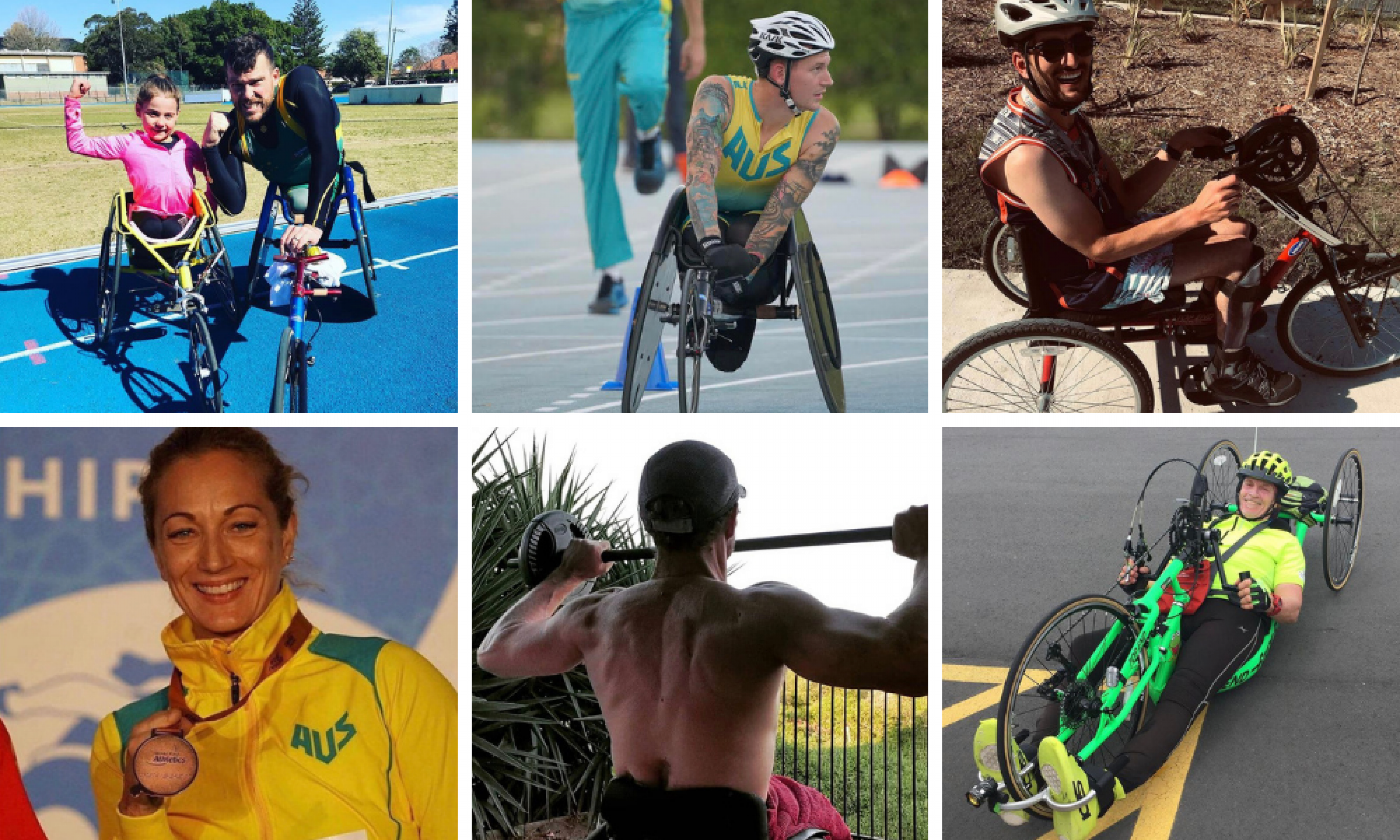Demystifying disabled sport – by Geoff Trappett OAM

Back when I was competing in the Paralympics there was simply disabled sport. We were disabled athletes. Paralympians if we have reached that level. Now though in 2021 the landscape and the terms we use have changed. Changed for the better we hope but let's demystify some of the terms you may now hear.
First things first one part of the Paralympics that still comes as a surprise to some is that the ‘Para’ doesn’t actually derive from Paraplegic. Instead, it actually comes from Parallel. Meant to signify that it sits in parallel with the Olympic movement.
Also derived from para is a new term ‘para sports’ or ‘para athlete’. Typically used as umbrella terms for sports or athletes where they are a Paralympic sport or competing in one but the athletes aren’t competing at a Paralympic level or at least not at a Paralympics currently. I would refer to myself as a para-athlete in my now very recreational pursuit of a decent wheelchair marathon.
Adaptive sports and adapted athletes. Not often used in an Australian context, typically an Americanised term largely aligned with para-sports and para-athletes. Personally I find myself using the term adaptive athlete or sport more and more as it leads to conversations about the adaptive aids that a person may use to participate in their chosen sport or recreation.
You may hear of a term mainstreaming in disabled sports circles. This is meant to designate where a sport has made attempts to bring disabled athletes within the structure of a mainstream sporting body. You could think of it as inclusive. A sporting body (think Triathlon Australia, Swimming Australia etc) that has made steps to treat their disabled athletes simply as athletes. This inclusive methodology helps to ensure disabled athletes have the same pathways to success as their able-bodied peers.
This approach certainly has its positives when done well in junior sport as it allows disabled athletes to compete at regional school sports carnivals for example. There are some sports though where this simply isn’t an option - Boccia or Quad Rugby, for example, are sports specifically developed for disabled athletes so mainstreaming isn’t an option.
Following on from inclusion we have reverse inclusion, a term used to describe when an able-bodied athlete competes on a level playfield with adaptive athletes. Using the same adaptive aids disabled athletes would use. Often seen at a recreational level in team sports (wheelchair basketball for example). Reverse inclusion has the benefits of being able to build a bigger competition than would not be possible if the teams were restricted to only disabled athletes.
By no means have we covered every term you will hear in the disabled sports landscape. As with all things language is ever-evolving and should be a conversation. Gaining an understanding of our language is important. It's what makes it accessible and is often our first experience of an issue. Reading about it, hearing about it. Demystifying disability sport is important to bring more people into the great world of disabled sport, or adaptive sport, or para-sport or……….
About the author:
Geoff Trappett OAM is a former Paralympic Athlete. With a career that spanned 2 world championships, 2 paralympic games, a gold medal in Sydney 2000 and a world record. Following on from sport Geoff has transitioned to working professionally in multiple senior executive roles in the disability sector both within disability service providers and disabled person run advocacy organisations. Now leading his own social policy change organisation Inclusion Moves developing inclusion and diversity plans in the corporate world and speaking out on human rights and disability inclusion related issues.

Add comment